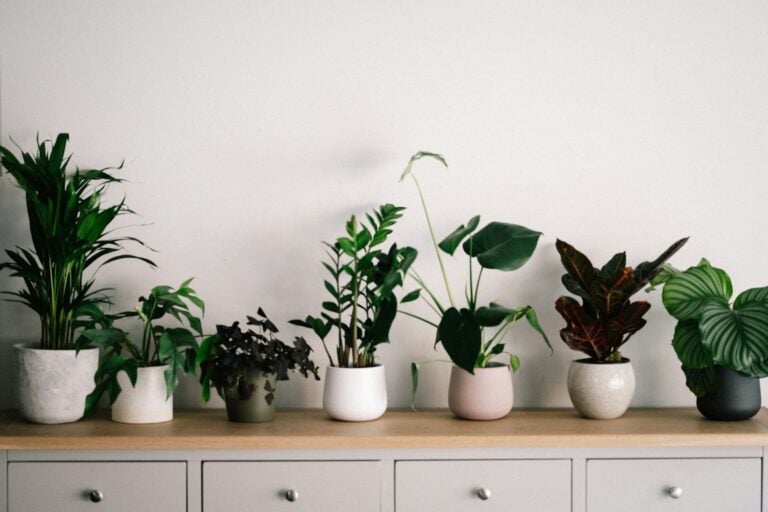Sustainable Ways to Revitalize Your Home Flooring

In 2017 alone, 19,736 billion square feet of flooring was purchased by consumers. However, many of the products sold were not sustainable choices. When seeking to make sustainable upgrades to your home, it is crucial to be wise about the hard floors and carpeting that you select. With so many fantastic ways to refurbish the flooring you already have, and with the latest eco-conscious developments in the industry, you can achieve the highest level of sustainability in this area of home improvement.
Restore the floors you already have
Although you may be tempted to purchase brand new flooring for your home, your existing carpeting, hardwood, laminate, or other surface may be able to be restored. Although it is a current trend to place laminate or carpeting over hardwood flooring, this is anything but a sustainable practice. Despite the fact that many manufacturers have switched to eco-friendly, renewable practices, using more flooring than what is needed is always wasteful. Instead of adding new flooring, use a buffer to remove imperfections on your floor. Many people are often surprised at how much of an improvement can be made when scratches are removed, and shine is restored. Also, as an alternative to replacing your carpeting, have a top-rated company clean your home’s carpets. Often times, these recommendations can restore your flooring enough to keep them for years to come.
Use sustainable flooring options
If restoring your flooring is not an option (due to damage, mold, or other significant problems), there are many sustainable choices that now exist. One type of flooring that many environmentally-conscious homeowners are starting to use is bamboo. Hard floors made from bamboo are known to be wonderfully durable, anti-bacterial, water resistant, and easy to maintain. For those who are searching for a more unique look, cork is a fantastic choice. Mother Earth News states that harvesting the bark from a cork tree does no harm. If you are instead in need of carpet, wool carpeting and recycled carpeting are the most sustainable ways to go.
Adding eco-friendly rugs on top of problem spots
Occasionally, there may be only one or two significant problem spots on the flooring in a given room. If you are unable to restore that portion of your floor through the means discussed above, and the problem doesn’t require a replacement, a sustainable rug may be the best solution. In order to determine how large of a rug (or rugs) you will need, first measure the area that you want to cover. You should always plan for larger than the problem area so that it covers properly. When you begin shopping, look for brands that make their rugs from sustainable materials such as seagrass, organic wool, organic cotton, and jute. Many of these companies also use recycled packaging, add no harmful chemicals, and have eco-friendly manufacturing processes.
When looking to freshen up the appearance of your home’s flooring, there are numerous sustainable choices. By assessing your individual needs, you can select the option above that works best for you.
By Sally Writes


